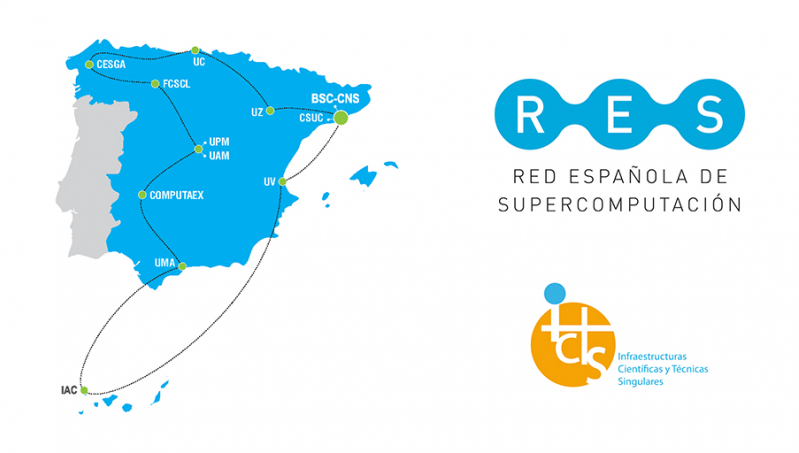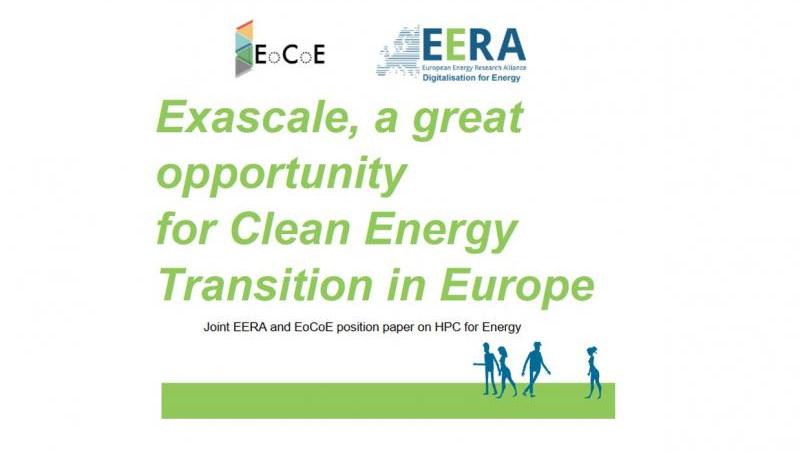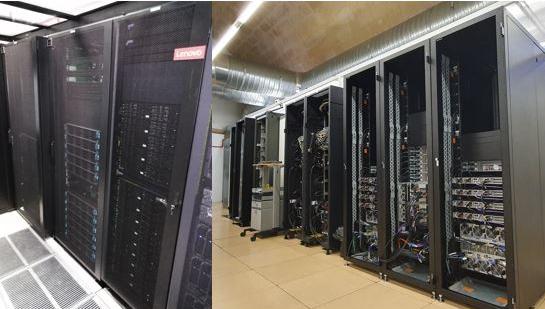The Scientific, Technical and Innovation Policy Council, chaired by Minister Pedro Duque, approved last November 6 the update of the map of Unique Scientific and Technical Infrastructures (ICTS). The Spanish Supercomputing Network (RES), coordinated by the Barcelona Supercomputing Center (BSC-CNS), forms part of this new edition of the map, comprising in total 12 nodes. Through this recognition, the RES is consolidated as an exceptional technical infrastructure that provides services to develop high-quality research.
The new map is integrated by 29 ICTS, which include a total of 62 operative infrastructures. To be part of the successive updates of the map, the infrastructures are subjected to a process of scientific and technological evaluation with demanding quality standards. All the ICTS are unique and exceptional technical facilities, which have high investment and operation costs. In addition, they must be publicly owned and must offer services to the research community through open and competitive access.
The RES is a distributed ICTS that is composed of 12 nodes distributed throughout the Spanish geography and owned by different legal entities. All the nodes share a common access protocol, and researchers can request supercomputing resources through a unified call, which is launched three times per year. Also, the RES nodes share a common strategy and a joint development plan. The new map formalises the incorporation of three nodes, which were already offering supercomputing services to RES users since 2015: CalÃĐndula (at the Centro de SupercomputaciÃģn de Castilla y LeÃģn), Cibeles (at the Universidad AutÃģnoma de Madrid) and Lusitania (at the FundaciÃģn ComputaciÃģn y TecnologÃas Avanzadas de Extremadura).
In the updated map, the RES forms part of the e-science ICTS network, jointly with RedIRIS, which provides advanced communication services to universities and the scientific community. In addition, the RES plans to develop a project to become a Supercomputing and Data Network, involving the most relevant agents of the Spanish research and innovation system.
The ICTS map is a useful tool to prioritise investments in research infrastructures and to coordinate national, regional and European funding strategies, especially regarding the ERDF funds. Also, it aligns the national strategy with the ESFRI Roadmap (European Roadmap for Research Infrastructures).



